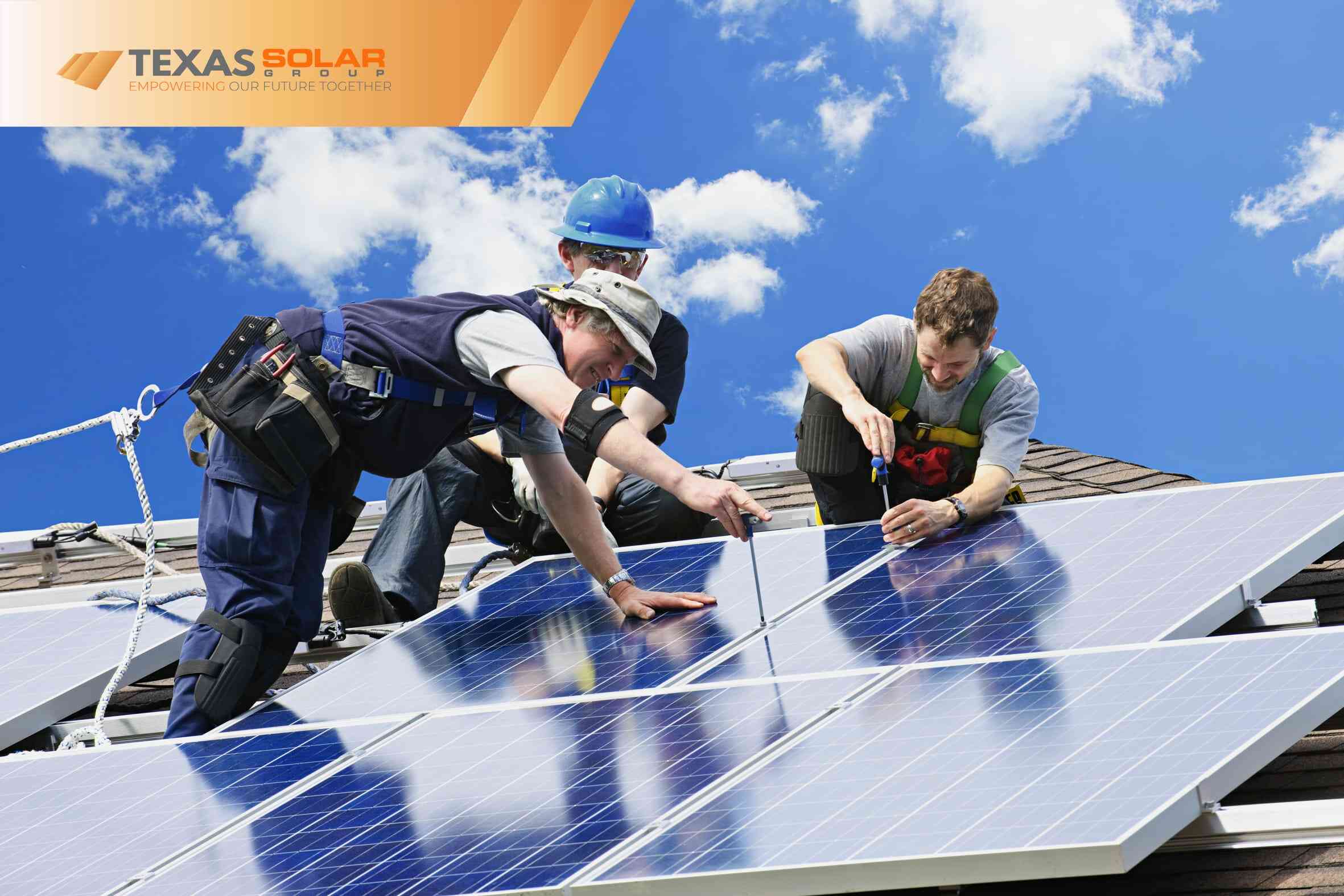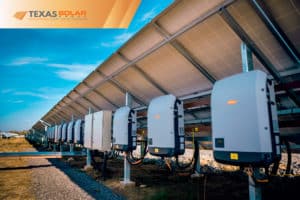Solar panel installation is not as complicated as it may seem at first glance. You can implement the solar panel system yourself if you want a free solar panel installation, only paying for the purchase of related devices. The most important thing in the whole process is the solar panel installation manual. If the company provides a diagram with the specific house rooftop features, the solar panel home installation can be fairly straightforward. All the necessary items involved in the work include, but are not limited to:
- Solar panel installation guide
- Solar panel installation wiring diagram
- Wires
- Inverters or microinverters
- Solar panels or photovoltaic modules
- Other devices
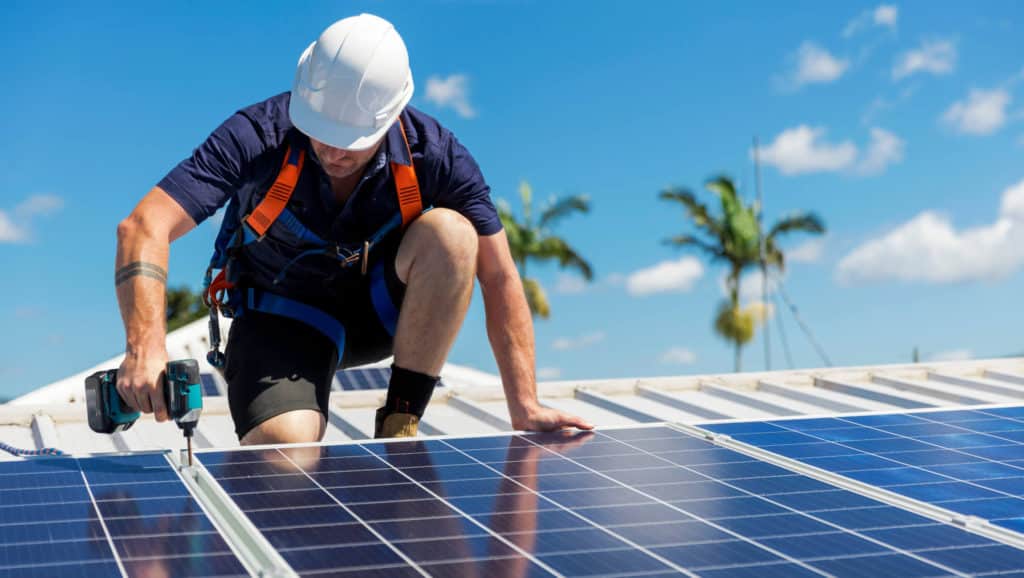
If one wants to learn solar panel installation, navigate through the internet and find some helpful videos to visualize the process and understand the details and instructions. As mentioned above, the primary benefit of self-service is the reduction in cost. And yes, it is quite possible to implement rooftop solar panel installation without any professional interference.
Solar panel installation costs may vary based on the company or district. An average calculation of a typical solar panel installation cost is greatly affected by the following factors:
- Home’s average utility costs and energy usage
- Rooftop’s solar potential – the amount of sunlight it receives annually
- Average local cost for a solar panel in the area
- Labor costs
- Installation of solar mounts or the racks that hold the residential solar panels
- Installation of inverters or microinverters that are necessary for the conversion of direct current (DC) into alternating current (AC)
- Inspection fees, permit fees, taxes on solar panels, and other cost-additives
There are many solar panel installation companies in California, and each will provide the customer with the exact price for the whole package of services and equipment provided. To understand the whole picture, there should be several prices offered with a standard calculation principle. For instance, an average 6kW solar panel system for a 1,500 square ft. home will cost approximately $18,500. The price per watt for solar panels can range from $2.50 to $3.50 for residential areas.
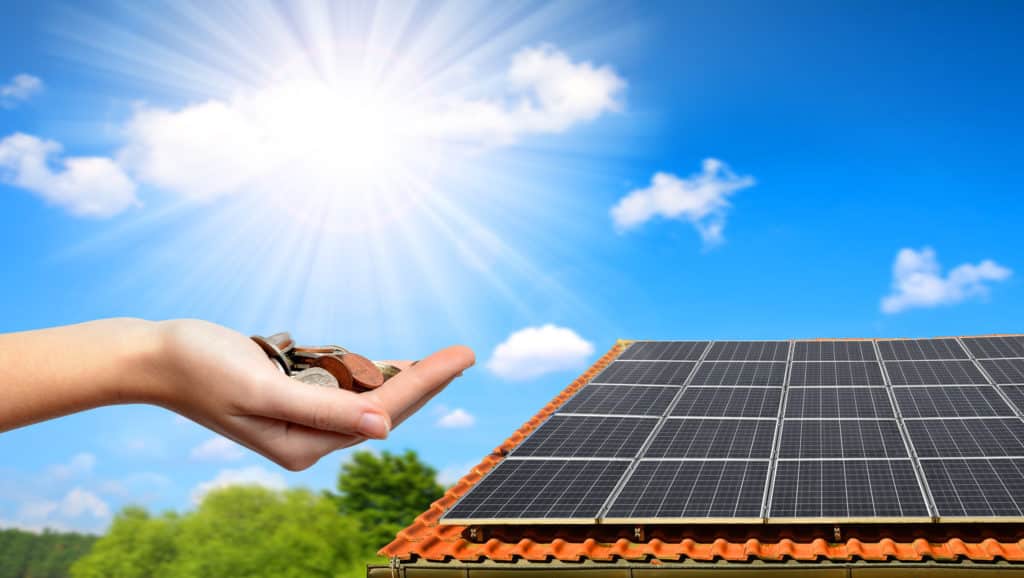
Now, let’s review the details of the solar panel installation process. Although ground-mounted solar systems are an alternate option for non-sufficient rooftop surfaces, the most common solar panel installation area remains the roof. The most important area choice factor, whether it is a building roof or the nearby ground, is the potential for panels to access the sunlight. The sunlight is absorbed by solar panels (photovoltaic modules) and converted into electric power suitable for households. Here is a step by step description of solar panel installation for home, or any other commercial area:
- Scaffolding
The most important thing during the process of installation is safety. While working on the roof, it is quite easy to fall off. In order to ensure that a person will not damage themselves, scaffolding must be erected.
- Solar Panel Mounts
The base of solar panels is the mounting system. It should be set up at the right angle, usually between 18-36 degrees, so that the panels will maximize sunlight absorption.
- Solar Panels
Next come the solar panels. As soon as the mounting system is set up properly, the solar panels should be installed. Just make sure that all the bolts are tightened and the mounting structure is stable.
- Wires
The next step is the wire connection. Again, there is the issue of safety. Make sure that the house electricity is shut off before starting the wire connection installation. Here, the wiring diagram will be of great assistance for an amateur. In most electrical wiring installation cases, the MC4 connectors are used since they are flexible enough to suit all types of solar panels.
- Inverters
After wires, an inverter should be connected to the system. It is usually installed near the main panel. When installing an inverter, the placement is very important. An inverter should be away from the afternoon sun to function more efficiently, preferably in a cool place with ventilation.
- Solar Battery
Battery or Powerwall systems serve as a power storage device for the extra power that is produced by the solar panels but is too much for daily use. This power can be stored to be used later for household loads or electric vehicle charging. The solar inverter should be bound to this solar battery.
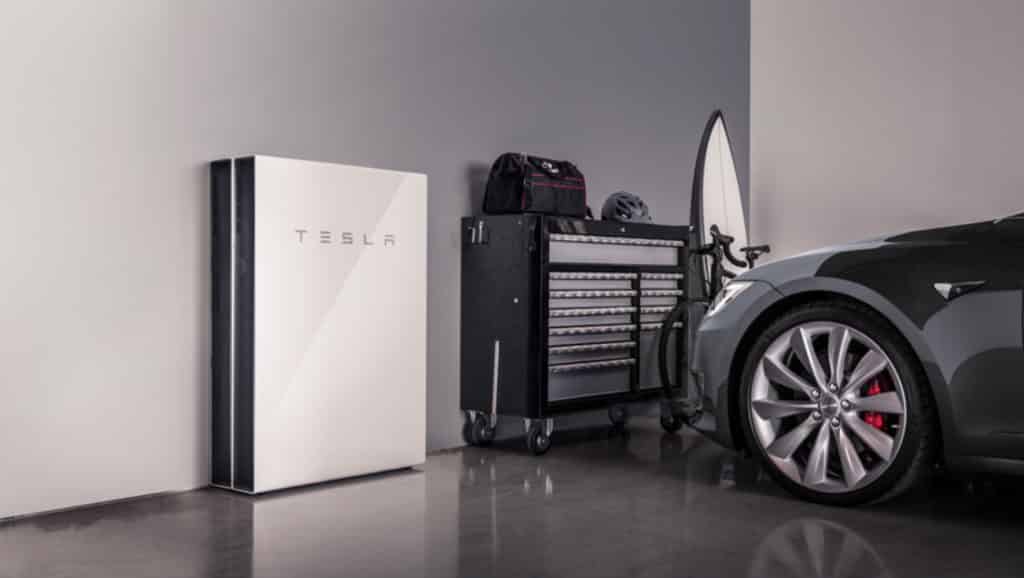
- Consumer Unite Connection
In order to generate electricity, the inverter should be connected to the consumer unit. The generation meter is another device that must be installed, and this will implement monitoring of actual electricity produced by the solar panels. Solar panels’ performance can be regularly checked through special applications by a computer or other devices.
- Testing
After all the work is done, it’s time to test the system performance efficiency. The house electricity must be turned on again, and all the devices checked.
Enjoy your life with innovative and alternative electricity.
The amount of solar energy users keeps growing, which is an encouraging fact when considering all the positive impacts of solar energy consumption on our environment and family budget.
Author of a publication: Helen Kocharyan

